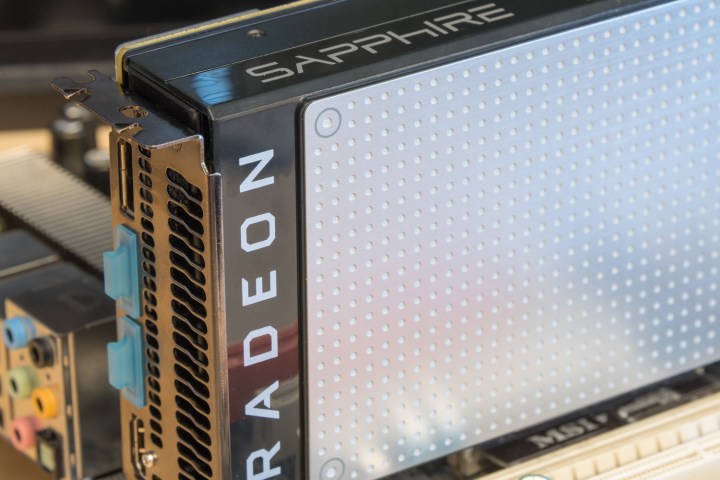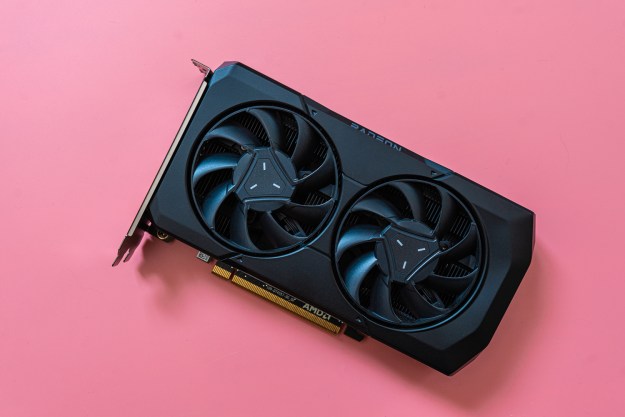
According to VideoCardz, AMD plans to decrease the overall footprint of the upcoming mobile GPUs by stacking VRAM dies and freeing up more internal space without sacrificing performance. Size is an important consideration for notebook manufacturers, but this announcement was light on details.
It’s unclear whether or not AMD’s new Vega architecture will be rolled out to discrete mobile GPUs — the kind found in premium and gaming-oriented systems — or if it will be included in AMD’s “APUs” — a CPU/GPU combo that delivers a smaller overall footprint but a lot less graphical performance.
Herkelman did mention that AMD hopes the new Vega-powered mobile chips will provide notebook manufacturers with the horsepower they’ll need for their products to drive virtual reality and “the latest and greatest AAA games,” which strongly suggests that we’ll see discrete GPUs powered by the new Vega architecture. It’s unlikely even a next-gen onboard GPU would have the headroom necessary to drive any but the least demanding VR experiences.
AMD’s previous architecture, code-named “Fiji,” never made a big splash in the notebook market, in part due to its overwhelming power demands. But Nvidia has had some success bringing the full-fat versions of its 10-series GPUs to notebooks despite their power consumption, indicating that there is a strong appetite for nearly desktop-grade graphical performance even if it impacts battery life.
Additionally, it appears that AMD’s Vega-powered GPUs will be available in 4GB and 8GB options, on account of the way the new chips will stack memory. Unfortunately, Herkelman didn’t offer a concrete timeline for when we might see those desktop and mobile GPUs hit the market, but reassured the Beijing audience that Vega-powered chips were “just around the corner.”
Editors' Recommendations
- Here’s even more proof that AMD’s GPUs are in trouble
- I’ve reviewed every AMD and Nvidia GPU this generation — here’s how the two companies stack up
- AMD has a lot to prove this year
- AMD’s new integrated graphics might beat popular Nvidia GPU
- What AMD needs to do to beat Nvidia in 2024



